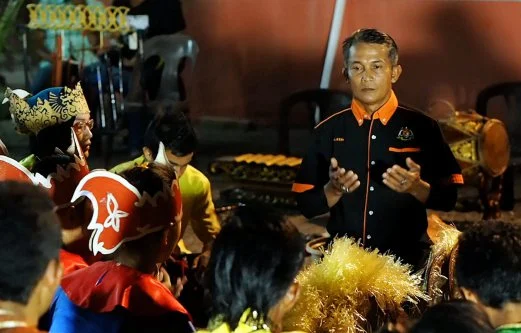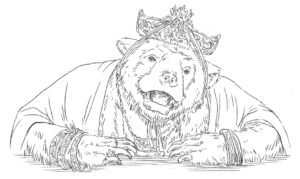
When I start writing about one of the Thousand Thousand Islands, I always start with its name.
This name is rarely important to the world within the text: “Korvu”, “Kraching” — neither their meanings nor provenances get explained. How often, in your day to day, do you remind yourself of the origins of “Lisbon”, or “Singapore”?
To me “Kuala Lumpur” is just KL.
When I do dwell on a name, more often than not it’s because I want to talk about how said name resists definition. “Mr-Kr-Gr” is unpronounceable by human mouthparts. “Upper Heleng” is a word forced on a forest by mapmakers; its people simply call it “the forest”.
+
But getting the name right — or, in Upper Heleng’s case, knowing what its people call their home — is important to me, writing.
I spent weeks stuck on our latest zine, unable to move past the first paragraph. I didn’t know what to call this place, so I couldn’t find my way to it.
+
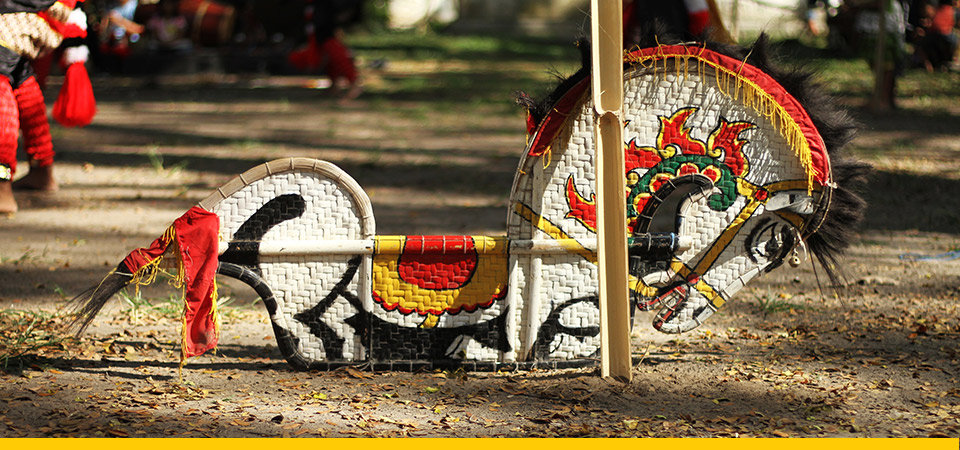
“Ngelalangka” is about a market town. High in the mountains, the paths to it are only accessible on foot. In Mun Kao’s images, its porters ride puppet horses and puppet oxen; infused by the puppets’ spirits, they hike with animal strength.
Inspired by kuda lumping — which in Malaysia is a tradition known as kuda kepang, and primarily practiced in the state of Johor.
Kuda kepang is a contested practice. When somebody dances the kuda kepang, they are not embodying a horse. They are embodying wildness. This abandon, alongside the fact that its dancers enter a trance, mean that kuda kepang is considered syirik by most religious authorities.
This news story from 2015 quotes a Johor state cultural association, boasting about how they’ve scrubbed “elements of intoxication and idolatry” from kuda kepang, thereby “taming” the practice, making it safe for instrumentalisation:
“… in this modern presentation, they are more free to stage performances, including performances for the palace and for VIPs ..”
+
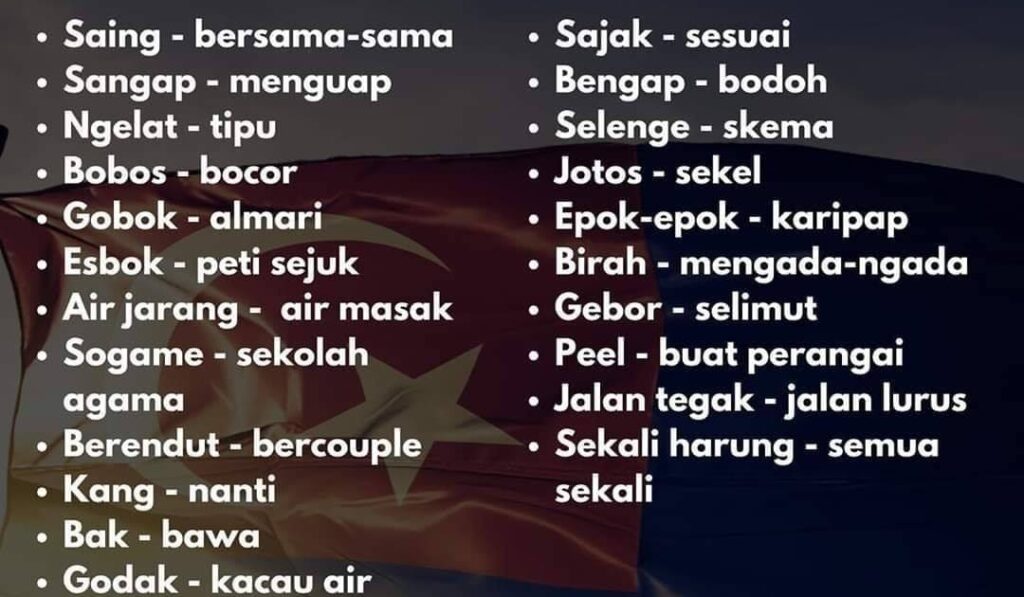
This video and multiple blogposts about Johor slang gave me “ngelat”: to cheat, or swindle, in the context of transactions and shopkeepers.
Stumbling across the word seemed serendipitous.
I wanted to keep the “nge” sound, the sound that Google tells me is called the voiced velar nasal — a nice, complex sound. But I dropped the hard T, to soften things, to make it not so judge-y, not so literal.
“Ngela” rhymes with “rela”: “willing”, in Bahasa. I was thinking about “ela”: a unit measuring length, distance.
I added “langka” to the end — a Sanskrit sound, suggesting “island” (as in Sri Lanka) or “resplendent” (as in Langkasuka, an ancient kingdom that preceded the trading polity of Patani). A courtly, poetic sound.
It also mirrors Bahasa’s “langkah”: stride, or step.
Ngelalangka, a market town up in the mountains. It started small, but has big ambitions, and imagines it is going places.
+
I can go on about “Ngelalangka” — about what it suggests, about what it reminds me of. After finding it a plug was pulled, in my head; the whole zine tumbled out like a waterfall.
Truth is: naming Ngelalangka was the opposite of an informed, research-based process. It felt accidental. I started with “ngelat” and started walking about the garden, saying nonsense-sounds aloud until something felt good in my mouth:
“Ka-Ngelat”?;
“Ngelalat”?;
“Ngelajaya”? —
That one was legible, literal — terrible. In the modern Malaysian context, the suffix “-jaya” — Sanskrit for “victory” — is commonly used to denote a municipality. “Ngelajaya”: Swindlertown. Obvious. Cringe-y.
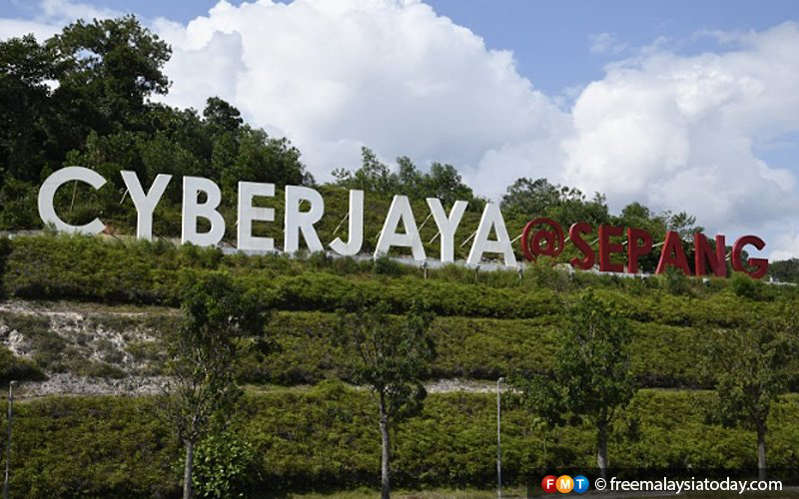
“Ngelatan”?;
“Ngelasaka”?;
“Ngelalangka”.
+
Maybe this glossolalia of improvised syllables draws from a legitimate well of knowledge? From the compost of what I know:
My knowledge of Bahasa Melayu; my shaky grasp of Sanskrit sounds; my personal ear, hearing the languages of Southeast Asia spoken; my own nose, tasting the air of its highland towns.
And this approximates / evokes toponymic drift.
I guess? I don’t know. It seems a stretch. And I’m sure somebody somewhere else in Southeast Asia will hear “Ngelalangka” and go: “Eww, sounds so cringe!”
+
For now, this haphazard methodology feels right to me. A Thousand Thousand Islands is about looseness; the setting’s cosmology and history are multitudinous by design. Contradictory.
Consistent conlang-ing in such a space will likely involve giving definite answers to more open questions than we’d like.
For now, Ngelalangka fits: a wild sound for a place trying to wrap itself in rules and regulations.
Written by Zedeck Siew.

